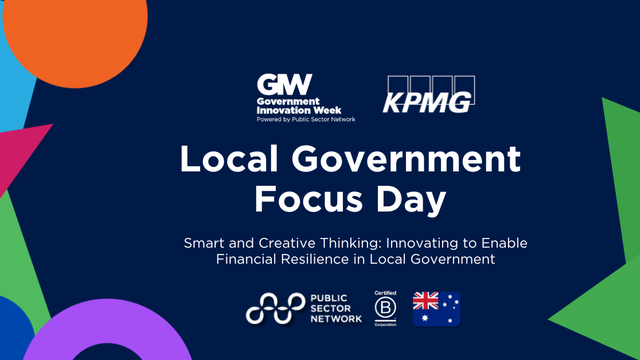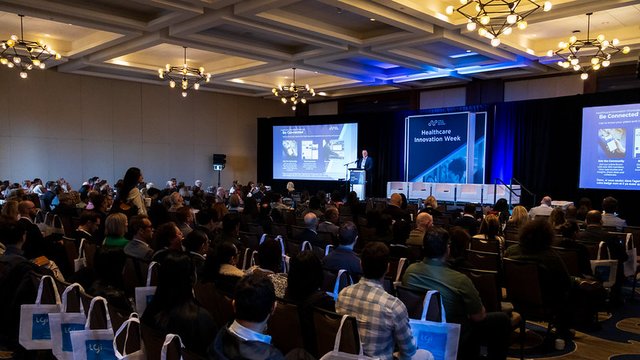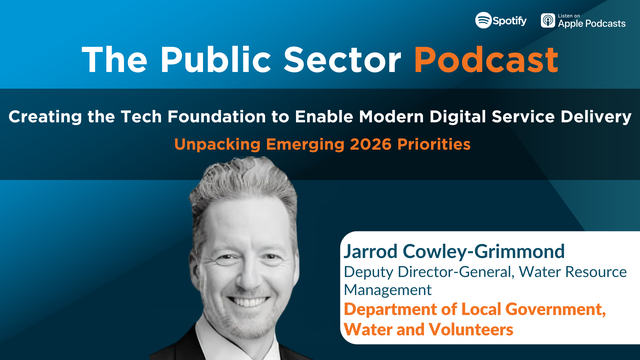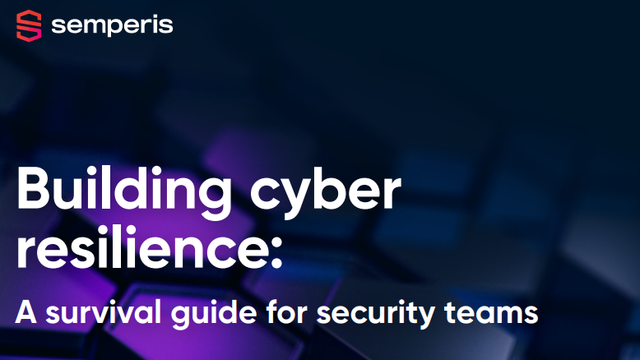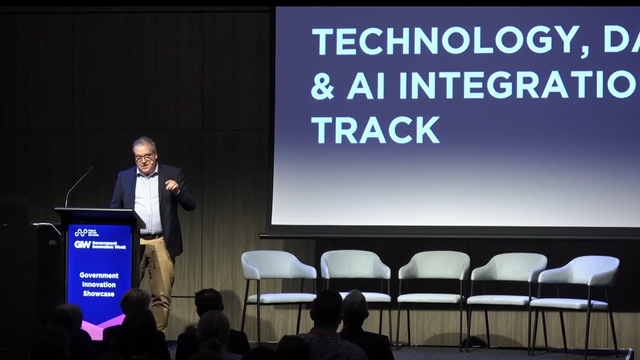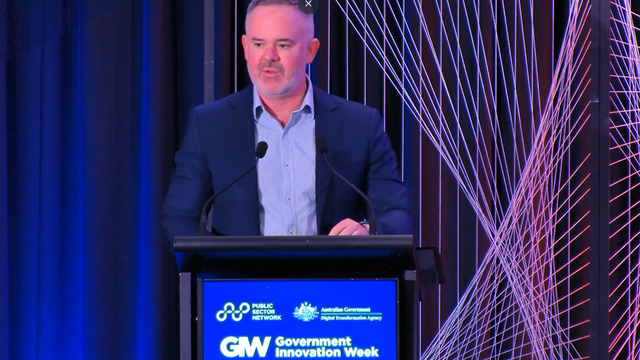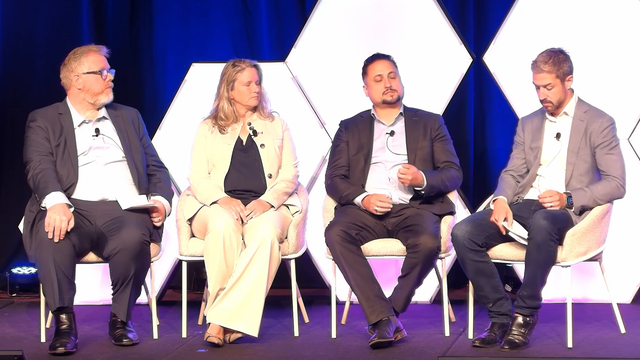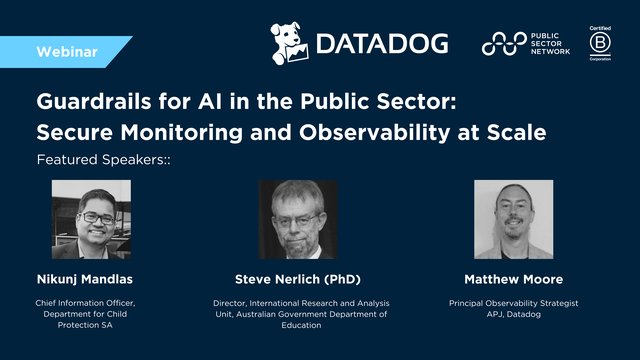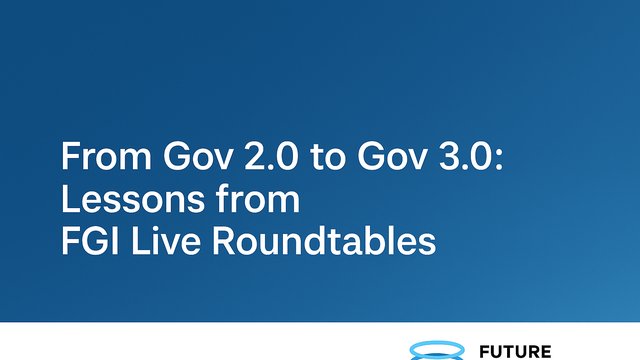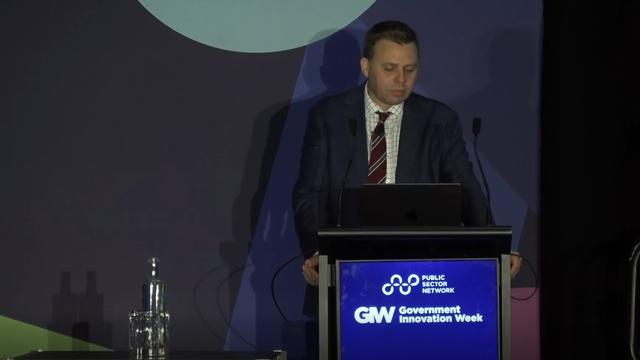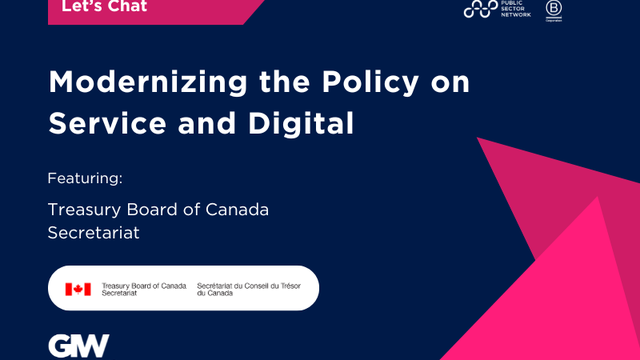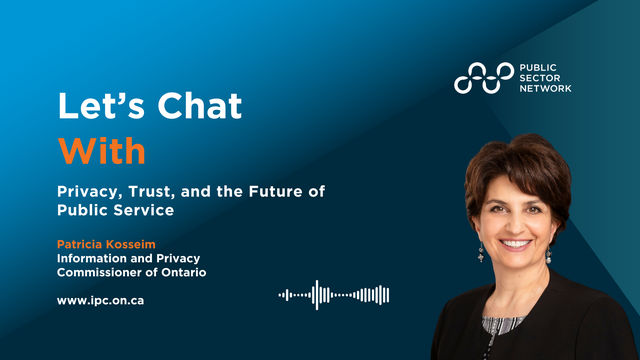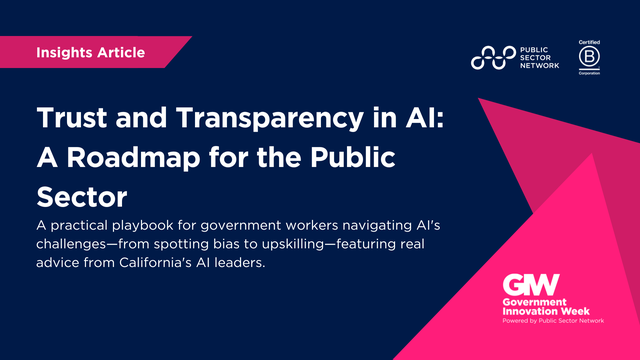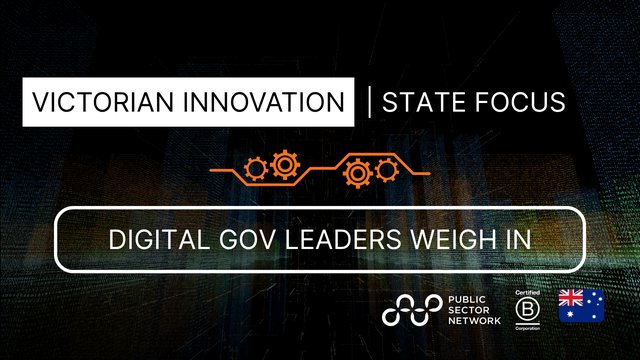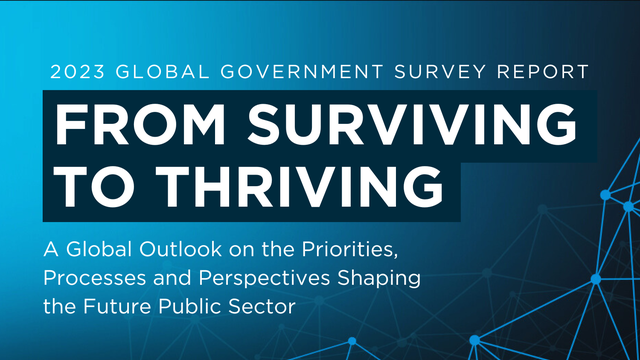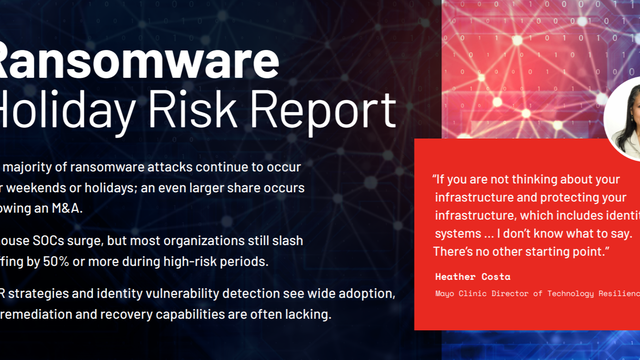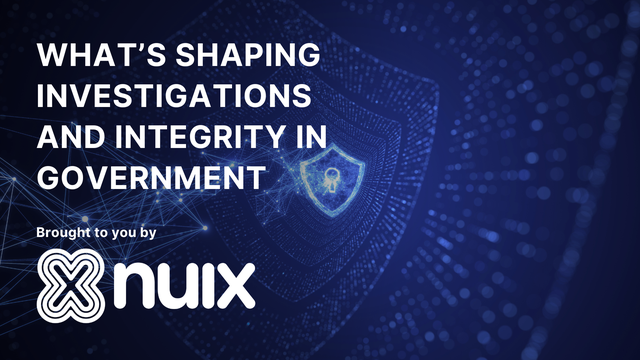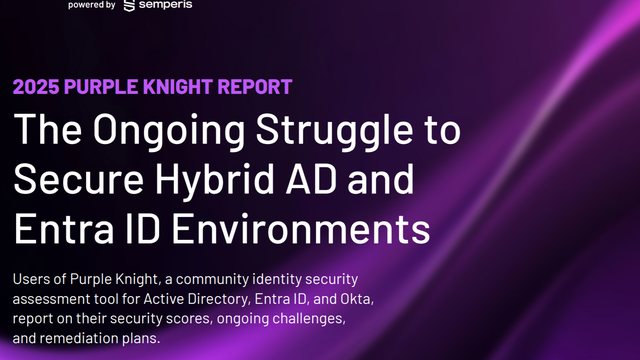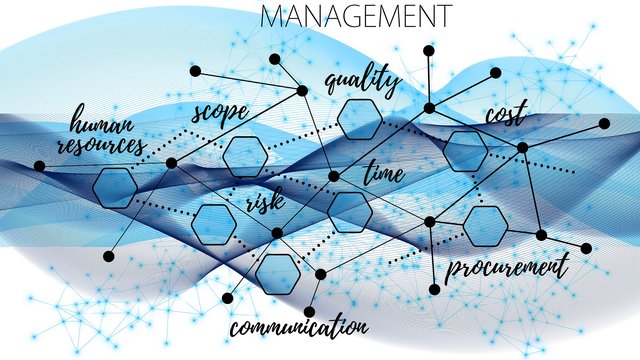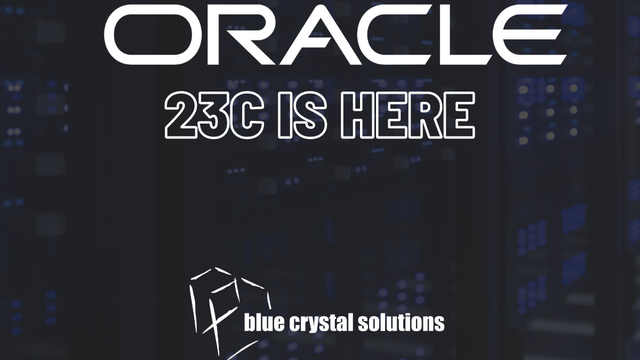
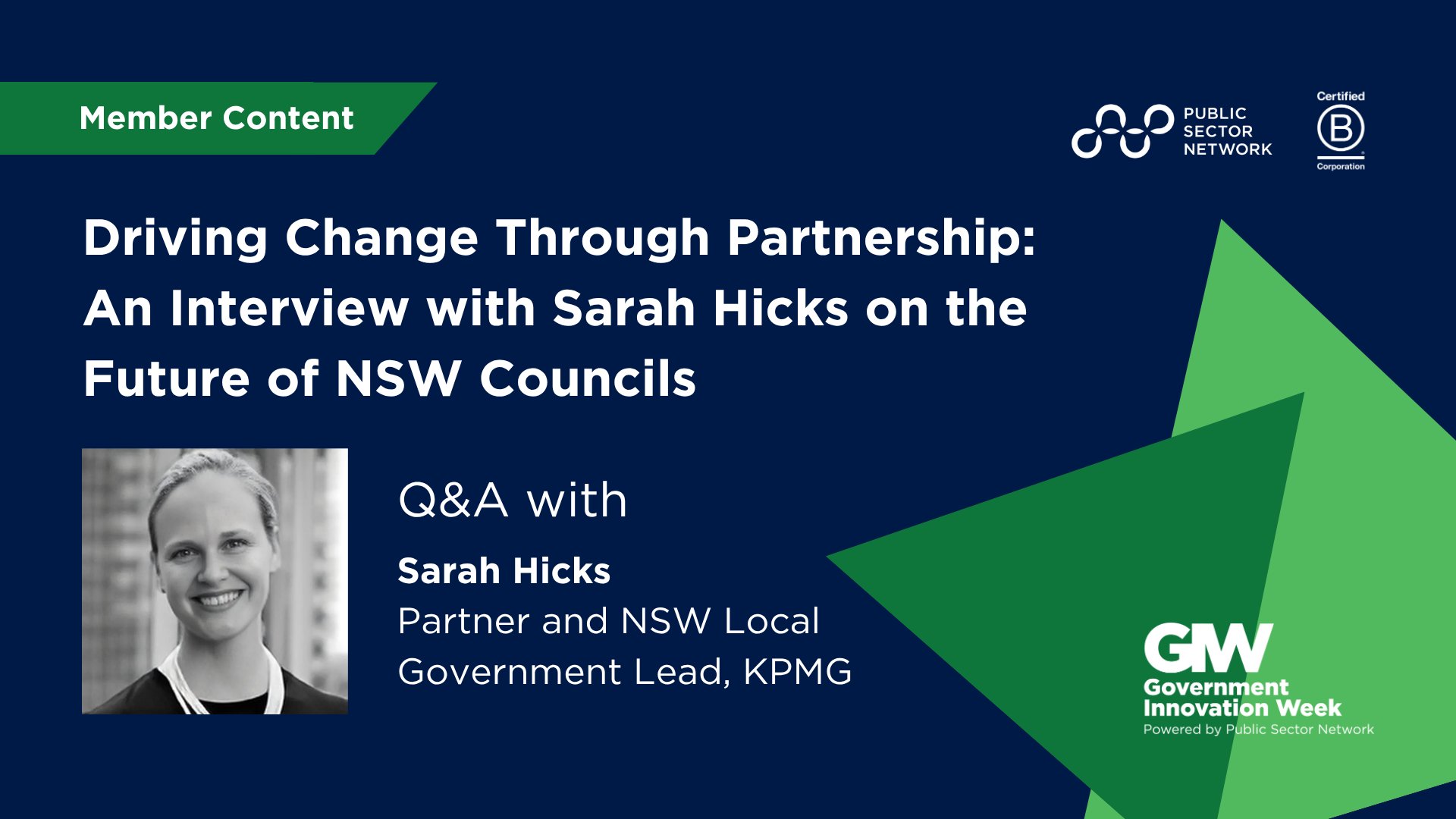
Sarah Hicks, from your experience working with councils, what are the biggest hurdles New South Wales local governments are facing—especially when it comes to digital change and meeting community expectations?
One theme that’s been especially resonant in the conversations this morning is financial sustainability and the ability of councils to meet significant community demands while keeping up with rapid digital transformation—changes that have accelerated over the past few months, if not years.
The opportunity this presents for councils lies in prioritising the initiatives that most directly address community needs. That includes seeking partnerships—particularly with technology partners—that can help deliver digital change, enhance community services, and build sustainable internal capability.
When I speak with colleagues across local government, the biggest hurdles are often resourcing and capacity—both in terms of time and skill. Councils may have the ambition, but limited resources can make execution difficult. It comes down to thoughtful planning, fierce prioritisation, and thinking creatively about partnerships to deliver real change in communities.
And with limited budgets and resources, what practical steps can councils take to improve cybersecurity and service delivery?
When we think about cybersecurity, the workforce is your front line. Educating staff on how to identify potential risks and cyber threats is critical. These initiatives don’t need to be prohibitively expensive. A relatively small investment in time and resources to roll out education programs can lead to major behavioural shifts. That awareness is a key pillar in strengthening your cybersecurity posture.
Of course, there are other investments and tools that can be embedded across an organisation, but as a first practical step, I always recommend starting with education and awareness.
As for improving service delivery, it really ties back to prioritisation—not necessarily project prioritisation, but prioritising the services your community is asking for. That might mean challenging the “business as usual” mindset and instead thinking about collaboration—perhaps even with neighbouring councils—to share models and costs and enhance what you can offer to your community.
How does collaborating with industry drive innovation for local councils? Could you share a success story from New South Wales that stands out?
Great segue. It’s becoming increasingly important for councils to explore ways to partner with industry to drive innovation, adopt new technologies, and improve service delivery. After all, these are community-wide issues—not just the responsibility of council.
We’re seeing more and more great examples of this. One that stands out, though not part of today’s PSN discussions, is a project from SSROC—the Southern Sydney Regional Organisation of Councils. They recently collaborated with industry groups like AFPA and TSA to recycle tyres for use in road construction. It’s a fantastic initiative that only works when multiple councils come together, and it lowers costs while improving infrastructure.
Another very topical example is the City of Bradfield, Australia’s first new city in over 100 years. It’s being developed as an advanced manufacturing and innovation precinct through a strong partnership between government and industry. It’s a great example of how councils can rethink city-building for the future.
In your role, how are you supporting councils to innovate? And which tools or partnerships—such as those from Government Innovation Week—have had the greatest impact?
At KPMG, we support a wide range of councils with varying levels of digital maturity. Supporting innovation has to be tailored to the specific council and the unique needs of the community it serves. Each council faces different demands depending on its location and community priorities.
One consistent issue we hear about is the planning process—particularly Development Applications (DAs). It consumes a lot of time and energy, often due to poor-quality applications that require back-and-forth just to meet the minimum assessment standard.
To help address this, KPMG has developed the Kym Planner, an AI-driven tool that supports applicants as they prepare planning submissions. It guides them to build quality applications from the outset. We’ll be unveiling this at ALGA in the coming weeks. The idea is to help councils shift their focus to higher-value decision-making rather than spending resources refining submissions. That’s how we can really drive efficiency and unlock capacity for councils to focus on community impact.
KPMG is the Host Partner of Public Sector Network’s Local Government Focus Day series across Australia. To join us in person at an upcoming state, public servants can register free via the below links:
WA: Local Government Focus Day Western Australia - Event | Public Sector Network
QLD: Local Government Focus Day Queensland - Event | Public Sector Network

